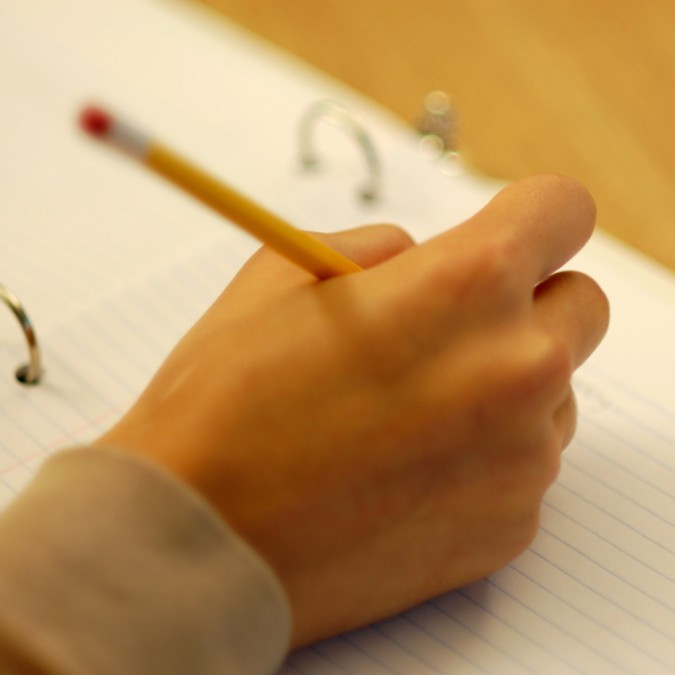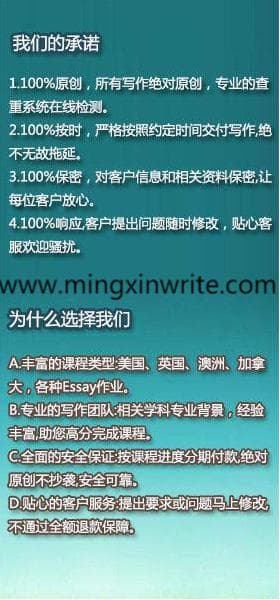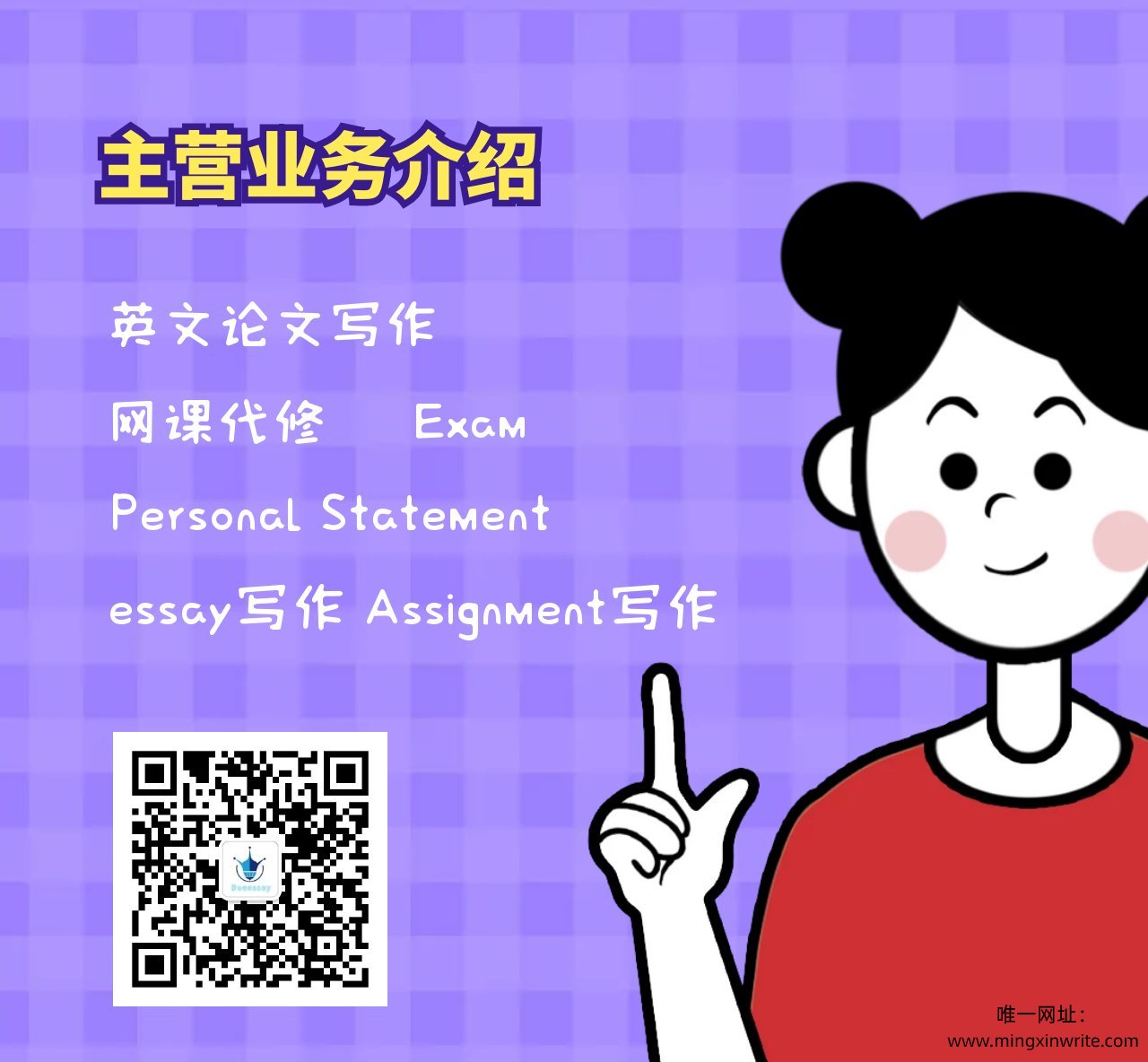发布时间:2021-01-20 热度:
mingxinwrite提供专业优质essay代写服务,价格公道质量优异。是留学生论文代写首选。mingxinwrite 也是全球唯一一家提供免费论文代写。每年服务英国,美国,澳洲,加拿大...
INTRODUCTION
Hello, my name is _______. My presentation considers teaching and learning through play, and specifically how teaching and learning through play could improve the educational experiences of children in year 1 instruction.
[Put up powerpoint slide 1]
After reviewing the current year 1 guidance and practice, studying theorists who support formal teaching and those who promote Play Based learning, and critically evaluating the available information, I hope this presentation will convince you as well that Play Based learning deserves a significant place in year 1.

YEAR 1 AT PRESENT
[Put up powerpoint slide 2]
Most recent year 1 guidance promotes a formal method for teaching and learning, with emphasis on literacy and numeracy activities such as the literacy hour (DfES 2005). This means teachers often stand in front of the class to explain material to their pupils, who read and complete written exercises such as worksheets to reinforce what has been presented. Proponents of this method of teaching and learning believe that to be effective education should be structured and rigorous (Hopkins 2003).
[Draw line down middle of flip chart. Write formal on one side of the line and Play Based on the other. Underline these headings. Under formal write structured and rigorous]
To their credit, some teachers use play without specific educational aims, which can result in wasted opportunities for learning. For example, Dewey contended, It is not enough just to introduce play and games Everything depends upon the way in which they are employed (1966, 196). In multi-year research, Adams et al documented positive gains when play was used purposefully as a teaching tool, but not so much when it was viewed as an addition to the real curriculum (2000, 163).
[Write purposeful on the formal side of the flip chart; sometimes not purposeful under the play side]
Siraj-Blatchford notes a serious lack of any hard research that supports formal educational methods, and goes on to question whether a narrow methodology, such as is typical of the formal classroom, can be effective for a diversity of teacher sand pupils (Siraj-Blatchford 1993, 405).
[Write teachers/pupils left out on the formal side of the flip chart]
Although few contemporary theorists or research support formal learning, it has strong political appeal, and allows leaders to emphasise they are using the public's tax monies well and giving solid instruction to pupils (Glickman 1984, 167; Woodhead 2002, 150). Attainment is viewed through assessments such as the SATs, which some contend measure pupils' knowledge rather than their understanding, and emphasise content over concept.
[Write politically good and learn content on the formal side of the flip chart]
Perplexingly, this same group supports Play Based learning just a year earlier in a child's schooling. At the Foundation stage curriculum is almost entirely Play Based. In fact, guidance for the Foundation stage "advocates play and exploration as a basis for literacy learning in the early years" and emphasises the importance of developing literacy through play" (Miller and Smith 2004, 122). This calls into serious question why the Foundation stage is primarily Play Based and year 1 has almost no teaching or learning through play. Does one year of age make that much difference in learning?






